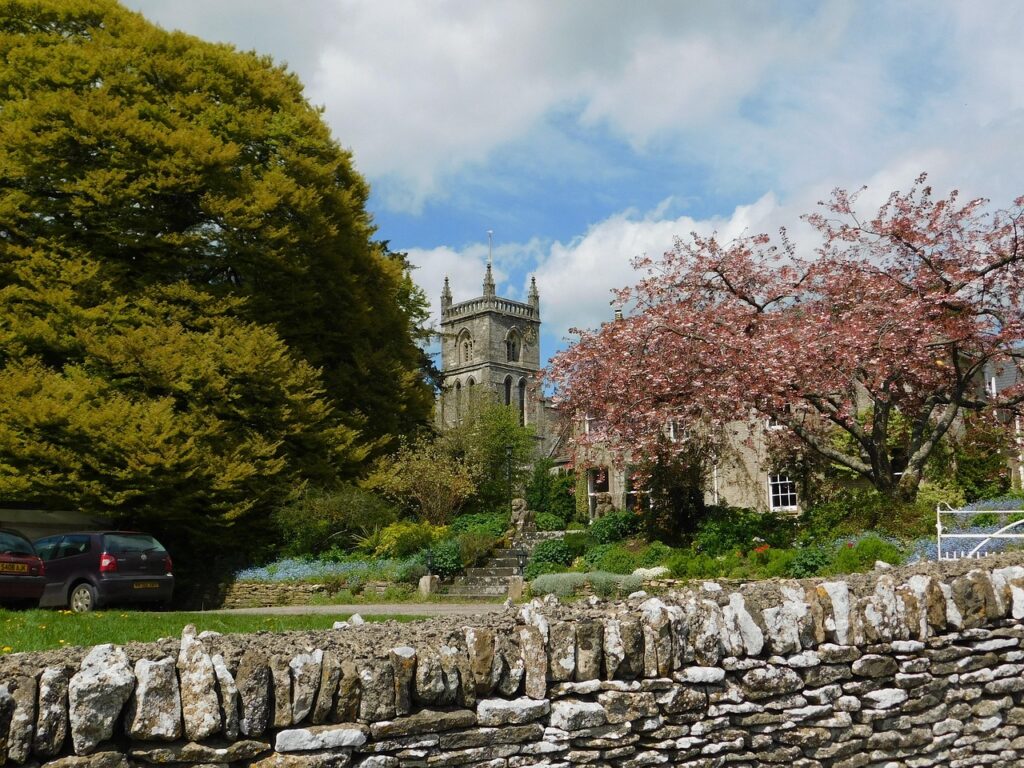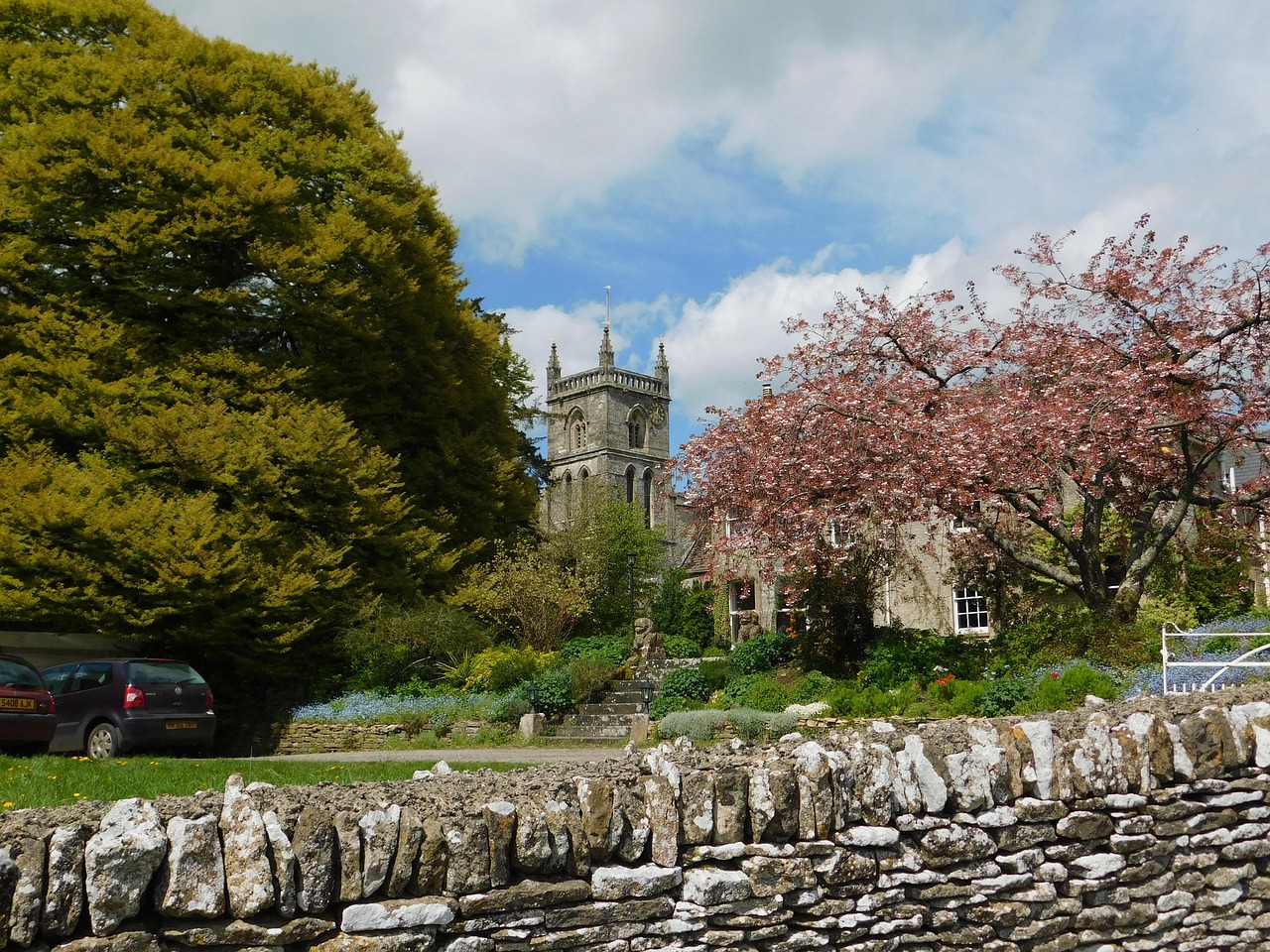Have you ever wondered why the Cotswolds carry such a unique name? It’s not just a catchy title—it holds a history that intertwines with the land, culture, and legacy of this picturesque region in England.

The Origin of the Name “Cotswolds”
Understanding the name “Cotswolds” leads us on an interesting journey through etymology—the study of words and their meanings. The name is derived from two Old English words: “cots,” which means “shelters” or “huts,” and “wold,” referring to a hill or elevated area. Together, they paint a picture of a region filled with quaint cottages nestled on rolling hills.
Breaking Down the Etymology
Let’s break this down further to appreciate its roots:
| Word | Origin | Meaning |
|---|---|---|
| Cots | Old English | Shelters or huts |
| Wold | Old English | Hill or elevated area |
From this table, you can see how the name evokes images of a warm, welcoming landscape dotted with cozy homes, sitting atop the gently undulating hills.
The Landscape of the Cotswolds
The geographical features of the Cotswolds play an essential role in understanding its name and character. The region is known for its stunning countryside characterized by rolling hills, charming villages, and lush green valleys.
The Unique Features of the Cotswold Hills
What sets the Cotswold Hills apart from other areas? Here are a few key features to consider:
| Feature | Description |
|---|---|
| Rolling Hills | Gently sloping hills that create a picturesque landscape. |
| Limestone | Unique Cotswold stone used in many historical buildings. |
| Village Life | Quaint villages with a rich history and local culture. |
The beautiful rolling hills not only enhance the beauty of the area but also mirror the name’s origin. You can almost picture those original cottages perched atop the hills, sheltering the villagers working the land.
Historical Significance
The Cotswolds have a rich tapestry of history woven into its very name. Knowing the historical backdrop helps deepen your appreciation for why this area is so special.
A Brief History
The region became significant during the medieval period, largely due to the wool trade. The fertile land provided the ideal conditions for sheep farming, which was economically important.
Key Historical Points
| Period | Event | Impact |
|---|---|---|
| 11th Century | Domesday Book mentions wool farming | Establishment of the wool industry |
| 15th Century | Wealth from wool trade leads to prosperity | Construction of impressive buildings |
| 20th Century | Recognition of the area as a conservation priority | Increased tourism and preservation efforts |
Looking at the historical significance, you can better understand how the name encapsulates more than just geography. It embodies a way of life that has evolved over centuries.
Cultural Importance
Beyond the physical landscape and history, the Cotswolds also represent a unique culture. The traditions, local customs, and community spirit help solidify its identity.
Cotswold Traditions
From traditional events to culinary specialties, the culture adds depth to the name:
| Tradition | Description |
|---|---|
| Cotswold Olimpicks | An annual sports event with quirky competitions. |
| Local Festivals | Celebrations of local produce, crafts, and music. |
| Cotswold Cheese | A highlight of local gastronomy featuring unique flavors. |
These cultural touchstones make you feel the vibrancy of the community. They have kept the essence of the Cotswolds alive, attracting people eager to immerse themselves in its charm.

The Role of Tourism
As you might guess, the allure of the Cotswolds has made it a top destination for tourists. But how has this influenced the name or how people perceive the area?
Impact of Tourism on the Region
Tourism has both positive and negative aspects, which can be highlighted as follows:
| Positive Effects | Negative Effects |
|---|---|
| Economic boost for local businesses | Strain on infrastructure and resources |
| Preservation of historic sites | Increased property prices |
| Promotion of cultural heritage | Potential dilution of local culture |
While tourism brings economic benefits, it’s also essential to consider the balance needed to preserve the integrity of the region. The Cotswolds remain a place of natural beauty and cultural significance, and it’s vital to maintain that.
The People of the Cotswolds
The residents of the Cotswolds—as keepers of its culture—play a crucial role in understanding the area’s name.
Community Life
The spirit of community in the Cotswolds can be illustrated by its friendly, connected villages. The people here take pride in their heritage, and this can manifest in various ways:
| Community Aspect | Description |
|---|---|
| Local Events | Residents gather for seasonal fairs and gatherings. |
| Artisan Crafts | Support for local craftspeople keeps traditional skills alive. |
| Farm-to-Table Initiatives | Promotion of local produce creates sustainable practices. |
The strong bonds among the inhabitants contribute greatly to the vibrant identity of the Cotswolds, further imbuing the region with warmth that aligns with its name.
Natural Wonders of the Cotswolds
Beyond the picturesque villages, the Cotswolds also boast remarkable natural wonders worth mentioning. It’s not just about the cottages; the surrounding nature enhances the charm associated with its name.
Nature Reserves and Areas of Outstanding Natural Beauty
Some of the most stunning landscapes in the English countryside can be found here:
| Nature Reserve | Description |
|---|---|
| Cotswolds Area of Outstanding Natural Beauty | Protected area to conserve the landscape. |
| Wildflower Meadows | Seasonal blooms that add color and diversity. |
| Forests and Woodlands | Home to wildlife and a place for recreation. |
These natural features lend credibility to the name “Cotswolds,” painting it as a region of beauty and serenity.
The Cotswold Stone
Part of what makes the Cotswolds visually distinct is its famous limestone, which has shaped much of the architecture in the area.
Characteristics of Cotswold Stone
Cotswold stone is known for its warm, golden hues and durability. Here’s why it stands out:
| Attribute | Description |
|---|---|
| Color | Beautiful, warm colors ranging from yellow to honey. |
| Textures | Smooth surface ideal for crafting. |
| Availability | Locally quarried, contributing to sustainable building. |
Cotswold stone not only contributes to the name’s heritage but also to its aesthetic beauty.
Language and Dialect
The language spoken in the Cotswolds provides insight into its history. The dialect has roots in Old and Middle English, reflecting the agricultural background of the area.
Understanding the Local Dialect
Some distinct features of the Cotswold dialect include:
| Feature | Description |
|---|---|
| Vocabulary | Unique terms related to farming and local life. |
| Pronunciation | Variations that reflect the region’s history. |
| Phrases | Local expressions enriched by community life. |
By listening to the dialect, you can pick up on the stories that have been passed down from generation to generation. Each word uttered resonates with the very essence of the Cotswolds.
The Future of the Cotswolds
What does the future hold for the Cotswolds? Understanding how it can grow while preserving its unique identity is crucial.
Sustainable Practices
Embracing sustainable practices is key to preserving the Cotswolds for years to come. Some initiatives include:
| Initiative | Description |
|---|---|
| Ecotourism | Promoting responsible travel to minimize impact. |
| Conservation Projects | Protecting wildlife and natural habitats. |
| Community Involvement | Engaging residents in sustainability efforts. |
By focusing on sustainability, the Cotswolds can retain its essence and beauty while welcoming visitors and new residents alike.
Conclusion
As you can see, the name “Cotswolds” goes beyond just a title; it encapsulates a rich history, vibrant culture, stunning landscapes, and a connected community. From its etymological roots to the enchanting environments and enduring traditions, there’s much to appreciate.
The next time you hear the name “Cotswolds,” you’ll understand the narrative it conveys—a narrative filled with warmth, beauty, and a rich tapestry of experiences. There’s a profound depth to this region that reflects not only the physical landscape but also the heart of the people who call it home.
